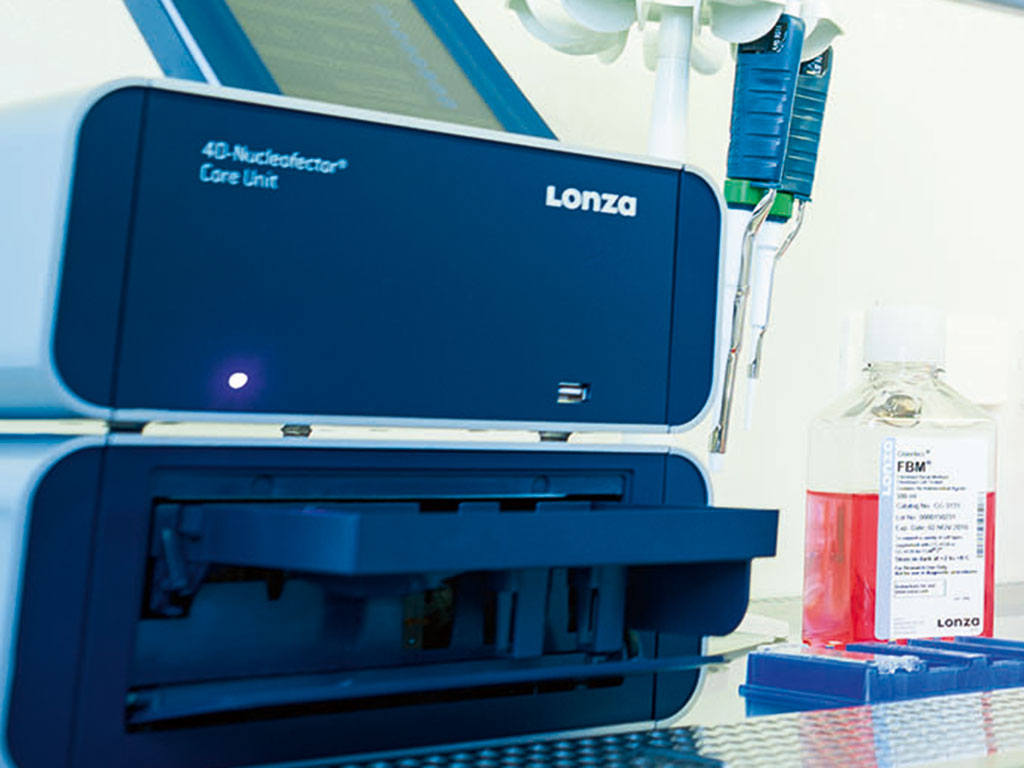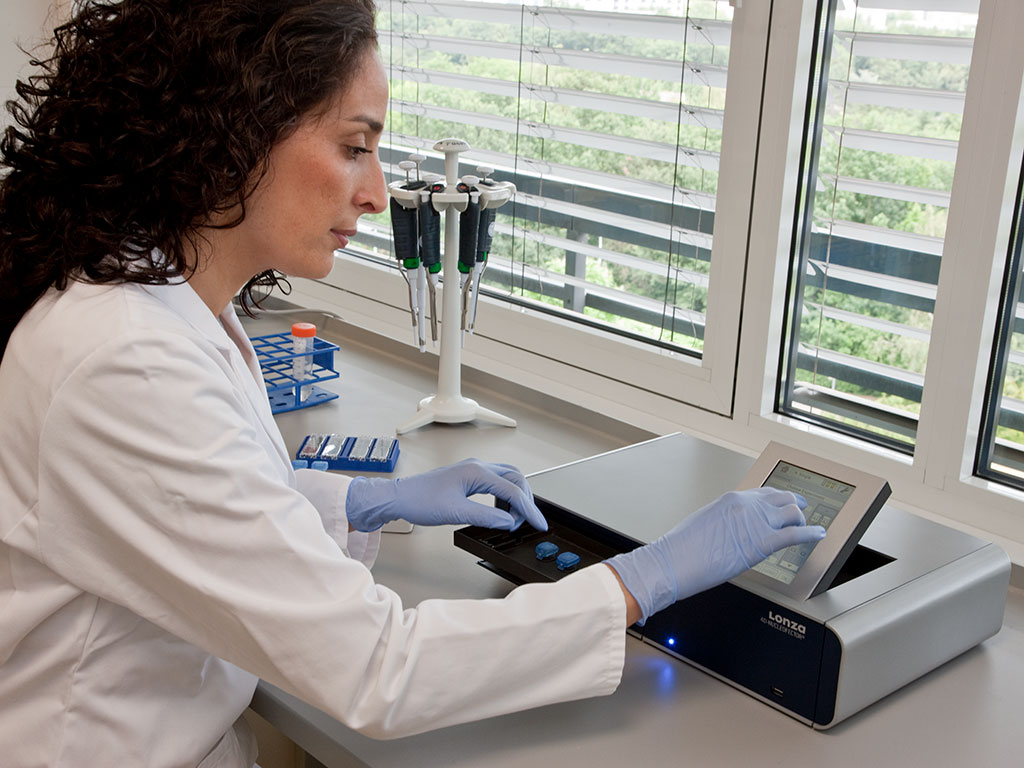Finding the right target is crucial for any type of drug discovery research. Therefore, modifications of genomic targets via insertion of mutations or knockouts for target identification is a widely used method to identify protein function and possible targets for drug development.
Target validation in IPF (idiopathic pulmonary fibrosis)
Preferably, results are generated in a biologically relevant background e.g. with primary cells, displaying the closest to nature conditions for an in vitro experiment. With the rise of CRISPR technology and the availability of high-throughput electroporation technologies, modifications of all genes of a certain pathway, or a number of genes linked to a specific disease, can be achieved even in primary cell and diseased cell backgrounds. Matteo Martufi et al. from the GSK Target Science and Fibrosis Discovery Performance Unit were able to generate single and double knockouts with a genome editing efficiency of up to 100% in a single transfection procedure in primary human diseased lung fibroblasts, confirming the involvement of Smad 3 but not Smad 2 in disease progression in IPF. The group employed the CRISPR-Cas9 technology in use with RNPs to generate the gene specific knockouts in one single transfection step.



